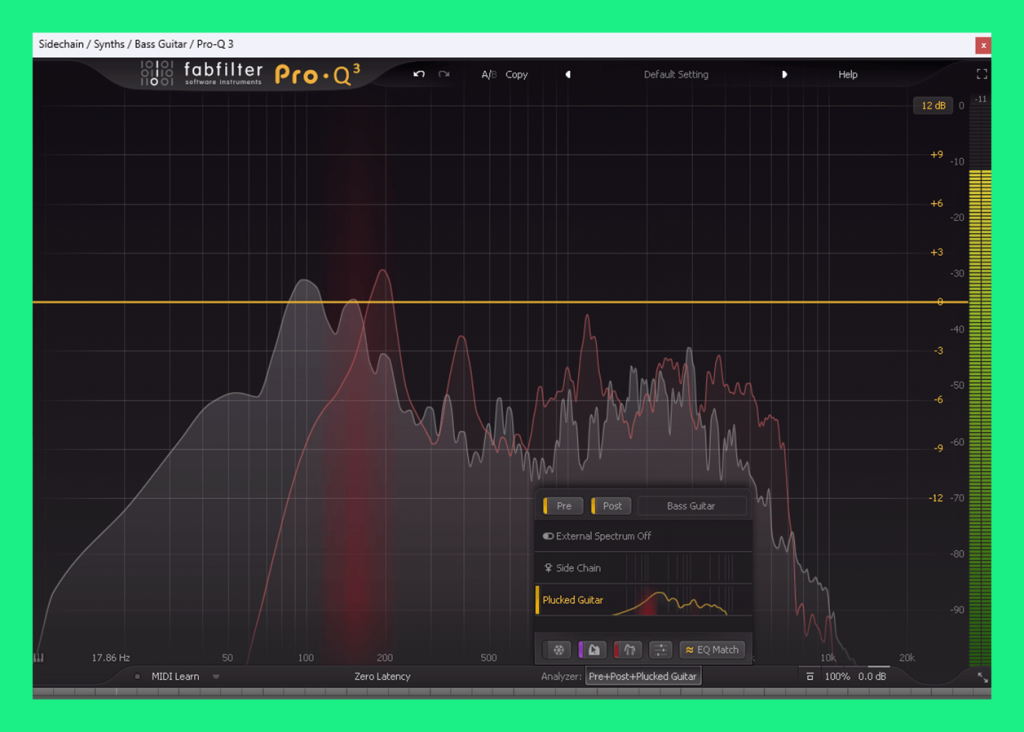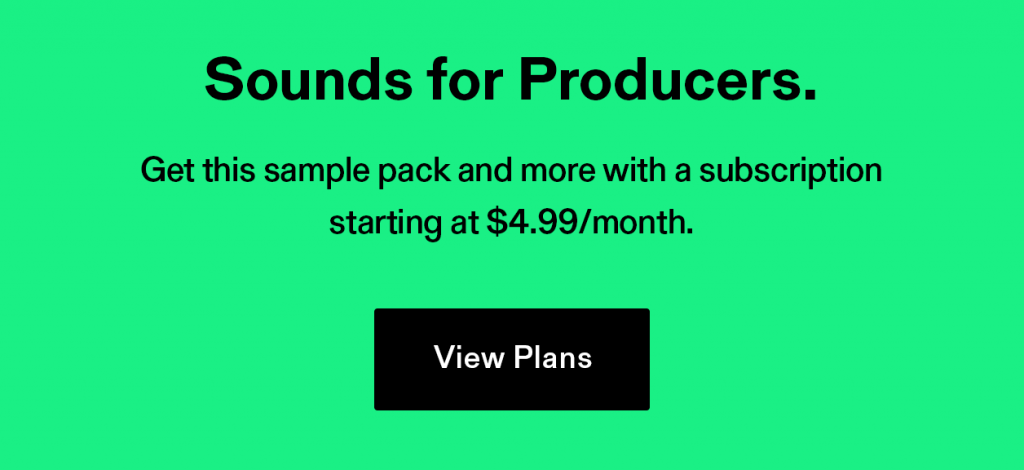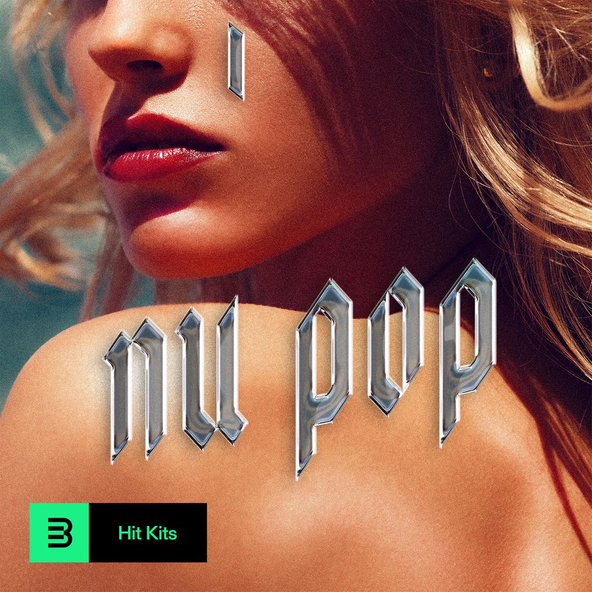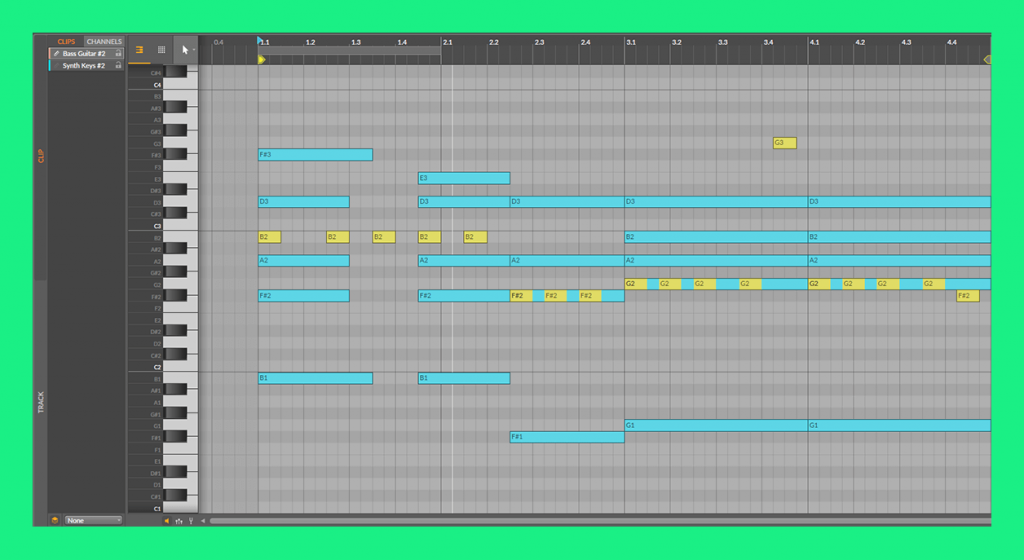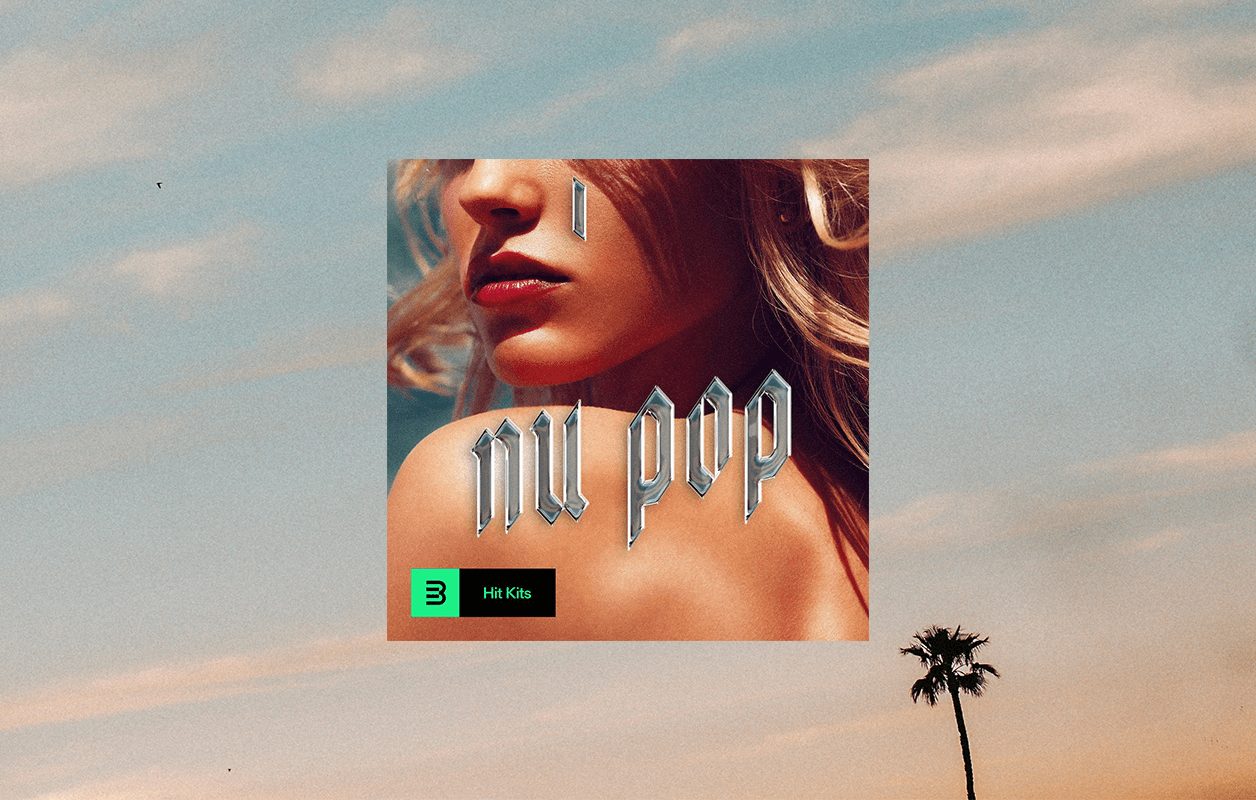
Inspired by the new wave of chart-topping pop music and artists like Sabrina Carpenter, Chappell Roan, Billie Eilish, and Dua Lipa, Nu Pop is our next installment of the “Hit Kits” series.
New on BPM Create, Hit Kits are inspired by the current chart-topping hits of the Billboard Top 100. These collections of samples give you three full music kits that can be constructed as short songs but are also flexible enough to be used as individual loops within your own productions.
Download this pack now, loaded with ear-catching melodies and beats that aim to make pop production easy and simple. Plus, read three quick tips below to help you sharpen your pop music production skills.
Sound Pack Spotlight: Production Tips and Tricks
For Beginners:
Layered MIDI editing modes.
Ableton and Bitwig offer a layered MIDI editing mode when you select multiple MIDI clips. This feature lets you edit multiple MIDI clips simultaneously within a single piano roll. This makes writing leads or melodies easier, as you can reference an existing chord progression from another MIDI clip to guide your note choices and stay in the right key.
Experiment with pop chord progressions 🎧
Next level: Intermediate
Real MIDI guitars.
The 16th note plucked guitars in kit 1 were made entirely from virtual guitar libraries in Kontakt, but any type of virtual guitar library will work. In order to give these virtual guitars a realistic recorded guitar-type feeling, on every half bar we apply a high-value velocity on notes 1 & 4. The rest of the notes within the half bar will be a lower value, giving it that accented note swing which emulates real guitar playing.
Check out acoustic & electric house guitars 🎶
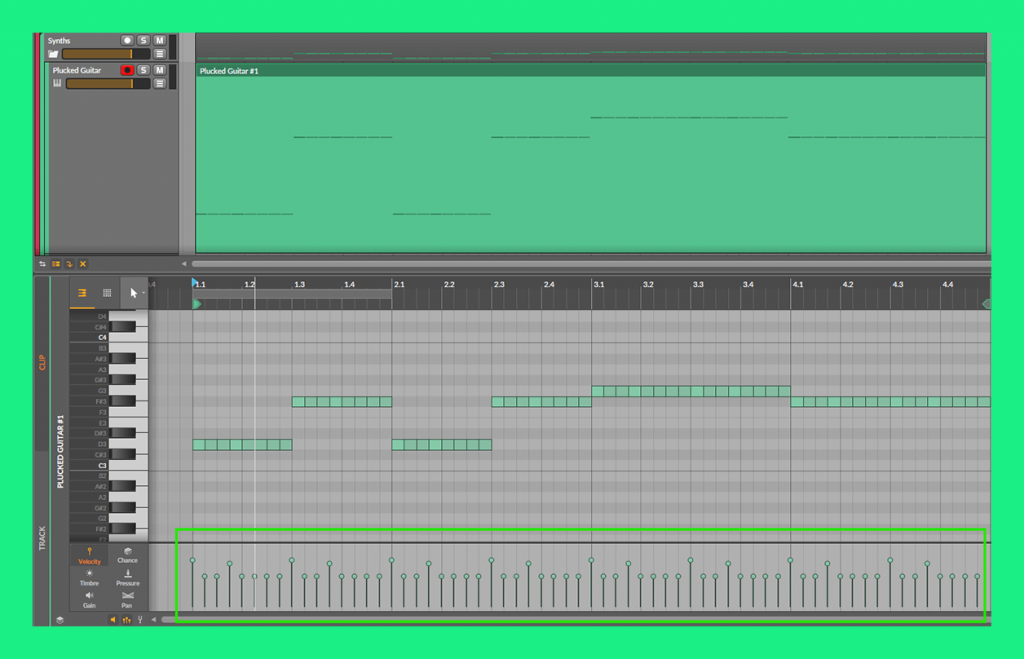
For Advanced
Frequency collisions within Pro-Q 3.
Fabfilter Pro-Q 3 is among one of the most popular digital EQ plugins for producers today. It is known for its easy to use interface, and is packed with many useful features. One of these features is the ability to analyze and compare frequency spectrums between different instances of Pro-Q 3.
Go to the “Analyzer” tab at the bottom of the plugin and select another instance of Pro-Q 3 to compare spectrums. In this example, we have Pro-Q 3 on a bass guitar, and have chosen a plucked guitar to analyze and compare frequency spectrums with. The red shading indicates that there is some masking and clashing frequencies present between the bass and plucked guitar at around 150hz.
